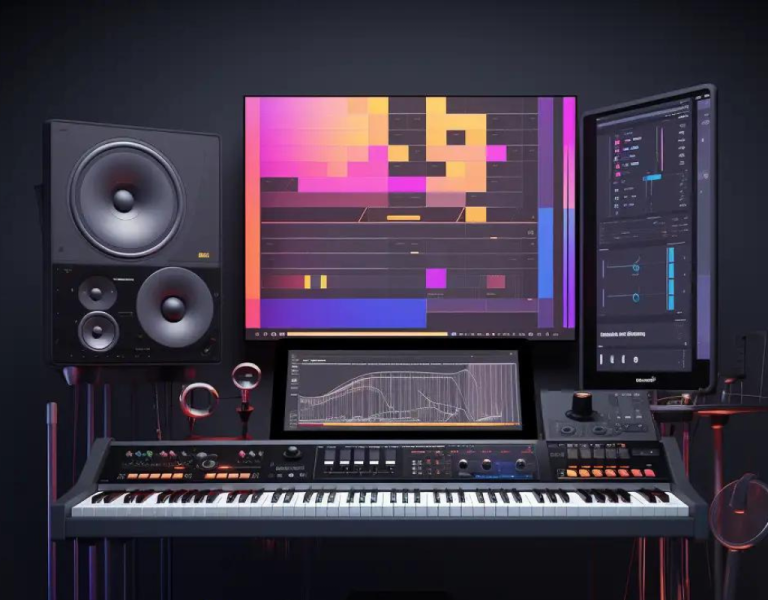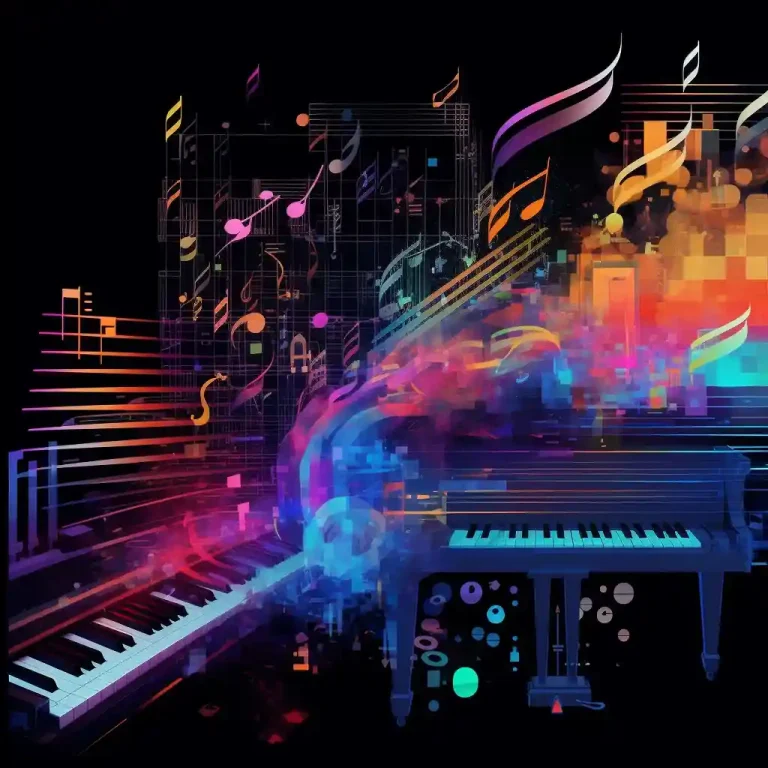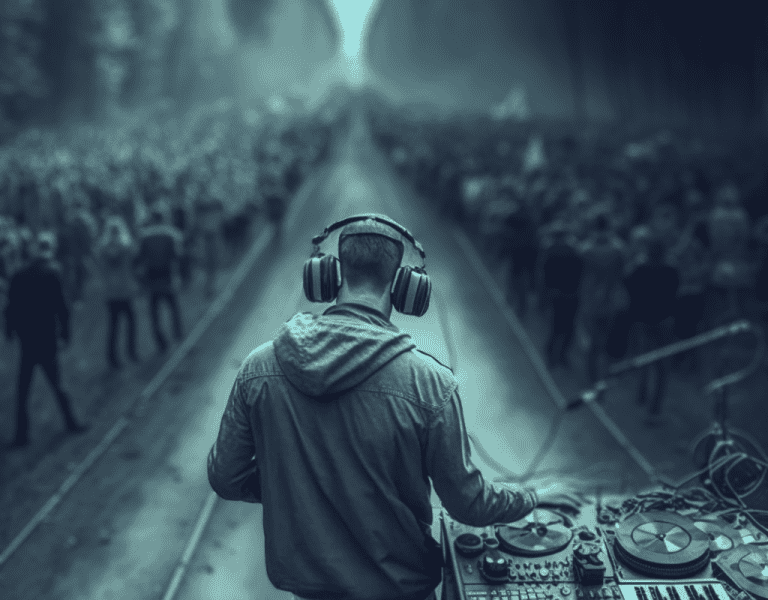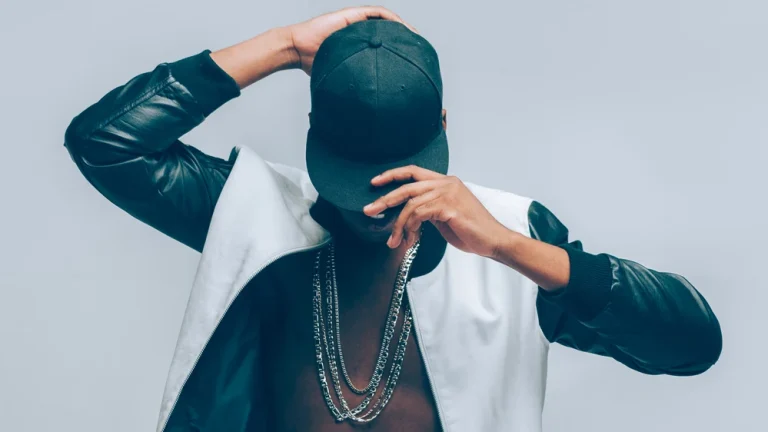When Did Drill Music Become Popular? (Explained)
No other form of art in the world has the same grit and rawness as drill music, but have you ever wondered when drill music grew in popularity and what influential figures chartered this style of music?
Here’s everything you need to know about drill music’s history.
Drill music became popular in Chicago in 2012, largely thanks to the efforts of pioneers like Chief Keef and Keith Cozart. Less than a year later, the movement would spread around the world, most notably overseas to London and east to New York.
Drill music is a relatively new form of music, but its influence has been felt all over the world.
The rest of this article will cover the origin, evolution, and growing popularity of drill music.
What Is Drill Music?
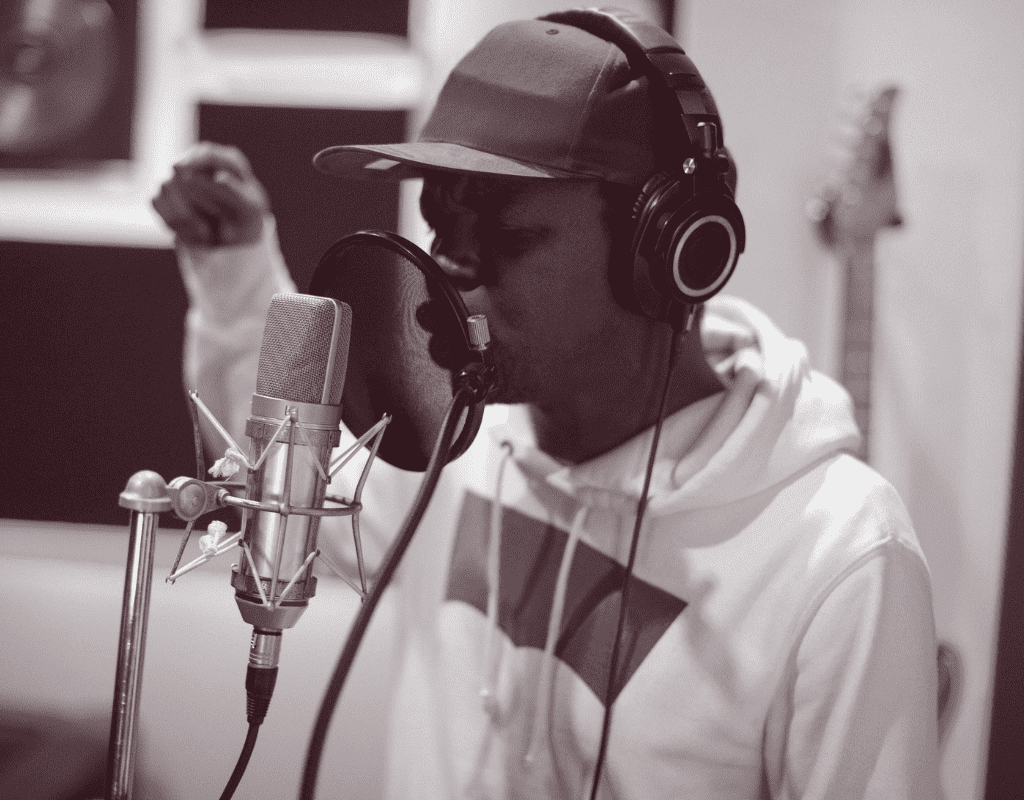
Drill music is a type of hip-hop music with elements of trap instruments and gangsta rap lyrics and vocals.
Historically, this music was used to focus on the regular occurrences and crime in the city of Chicago, but it’s long since evolved to encompass other topics as well.
The style of the vocal delivery is fast-paced and largely monotone, with minimal inflection permeating the lyrics.
Autotune is often used to add a ‘cold’ feel to the delivery of the vocals, although it’s worth noting that Brooklyn drill and UK drill veer away from autotune in favor of a more expressive vocal inflection.
The lyrics themselves are artistically strung together, often referring to the crimes and illicit activities on the streets with an unmatched rawness that’s immediately noticeable in the styles of contemporary Drill.
The background drum track and instruments vary greatly, although many drill artists have an undeniable trap influence.
The pacing is generally moderate (60-70 bpm) to accentuate the rapid vocal delivery and nihilistic subject matter, although some producers work with double tempo at 120 to 140 bpm.
Violent and gritty to the core, drill shies away from hyperbole at every turn, spitting venom and vitriol in deadpan, realistic lyrics.
When Did Drill Music Become Popular? The History of Drill Music
Chicago

The story of drill music begins in Chicago.
The violent and chaotic nature of the early drill music pioneers shocked the world in the early 2010s, and the faces behind the music were just as wild and untamed as their bombastic lyrics.
These rap stars stood out from the crowd with their unpolished style, unapologetic attitude, and anti-pop backing tracks.
You wouldn’t think such a departure from the popular music of the day would catch on, but it did.
Keith Cozart, an early pioneer, stepped onto the scene in 2011 with his two mixtapes The Glory Road and Bang.
Fans were interested, but it was the regional hit “I Don’t Like,” filmed during Cozart’s house arrest, that pushed drill music onto the global stage before anyone had truly realized what had happened.
After the success of that track, Chief Keef took over the drill scene, marking a turn into a more adventurous era of drill hits.
Joined by other drill artists of his day, such as Fredo Santana, Lil Reese, Ballout, and Lil Durk, the crux of drill music was realized, with more refined melodies and technically impressive rap melodies coming out of the drill scene in full force.
Many figures well recognized in the drill scene, like the late FGB Duck and Rooga, continue to have merit in the hip-hop scene of Chicago.
London
Believe it or not, Chicago’s obsession with drill music wasn’t as infectious in nearby Midwestern cities as it was across the globe.
Embraced by Black musicians from London and its surrounding suburbs, drill music saw its future realized as new names and faces came on the scene almost immediately after the release of “I Don’t Like.”
While the UK’s streets aren’t as well-known for their organized violence and guns, something about the style of Chief Keef’s track struck a chord in the underground scene.
Names like 150×67, Harlem Spartans, and OFB are largely responsible for bringing drill music into mainstream UK channels.
In fact, the drill style inspired from across the pond would become the face of mainstream UK rap.
A lot of UK-based drill fans will note the success of “Kennington Where It Started” by Harlem Spartans as the paradigm shift that turned London drill music from an underground thrill to a dominant sensation.
While it’s certainly true that UK drill music was inspired by the Chicago drill scene, it’s evolved into its own creation.
UK drill differs both in style and function – the violent, gritty nature of the music is still present, to be clear, but UK drill is more punctuated with longer pauses, sparse beats, and coldly delivered lyrics.
The style is almost militant yet laid back to allow room for the vocals to hit deep.
Headie One and Digga D. are two good examples of this stylistic difference in action.
Aside from the stylistic differences, UK drill also has some notable changes in the structure of its vocals, relying heavily on double entendres, punchline-Esque shocks, and metaphorical scenarios.
In addition, since many UK rap artists have West African and Afro-Caribbean roots, UK drill leans heavily into pidgin English and slang, with the stylistic choices defining each piece accentuating the rapper’s accent.
New York Drill
Inspired by Chicago drill as well, New York drill became an outlet for youth to chronicle their gang life experiences in crushing details.
Taking some of their cadences from London artists, New York drill details the crux of gang life with block-by-block accuracy.
Distinct New York personalities and cadences brought the New York drill scene to the global spotlight, with producers like WondaGurl and CashMoneyAP reproducing some of the more recognizable sounds of Brooklyn and London drill, such as Pop smoke’s “Christopher Walking.”
One of the main trademarks of New York drill is its tendency to leave open spaces between bars, filled only with the weight of the lyrics resounding from the previous bars.
There are certainly more technical performances in the New York drill scene, but the pairing of New York’s drill beats and booming voices creates an interesting juxtaposition with London drill.
New York drill emphasizes busy beats with quick bars, while London drill relies on wordplay and metaphors to fill space.
Final Thoughts
Over the last couple of years, the drill genre, with its unique sound and heavy bass, has kept growing in popularity around the world.
The genre has a strong sense of community, with many drill artists coming from the same neighborhoods and sharing similar backgrounds, which also resonates with listeners.
Elements have been adopted and boosted into popular radio-friendly music and are now more accessible to a broader audience than before.
References
https://www.thesun.co.uk/tvandshowbiz/6922406/drill-music-rappers-where-from/
https://www.masterclass.com/articles/drill-music-guide


